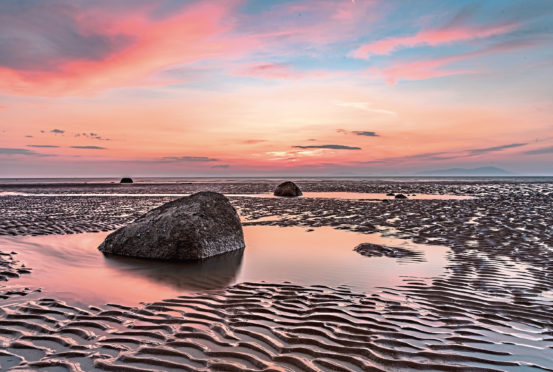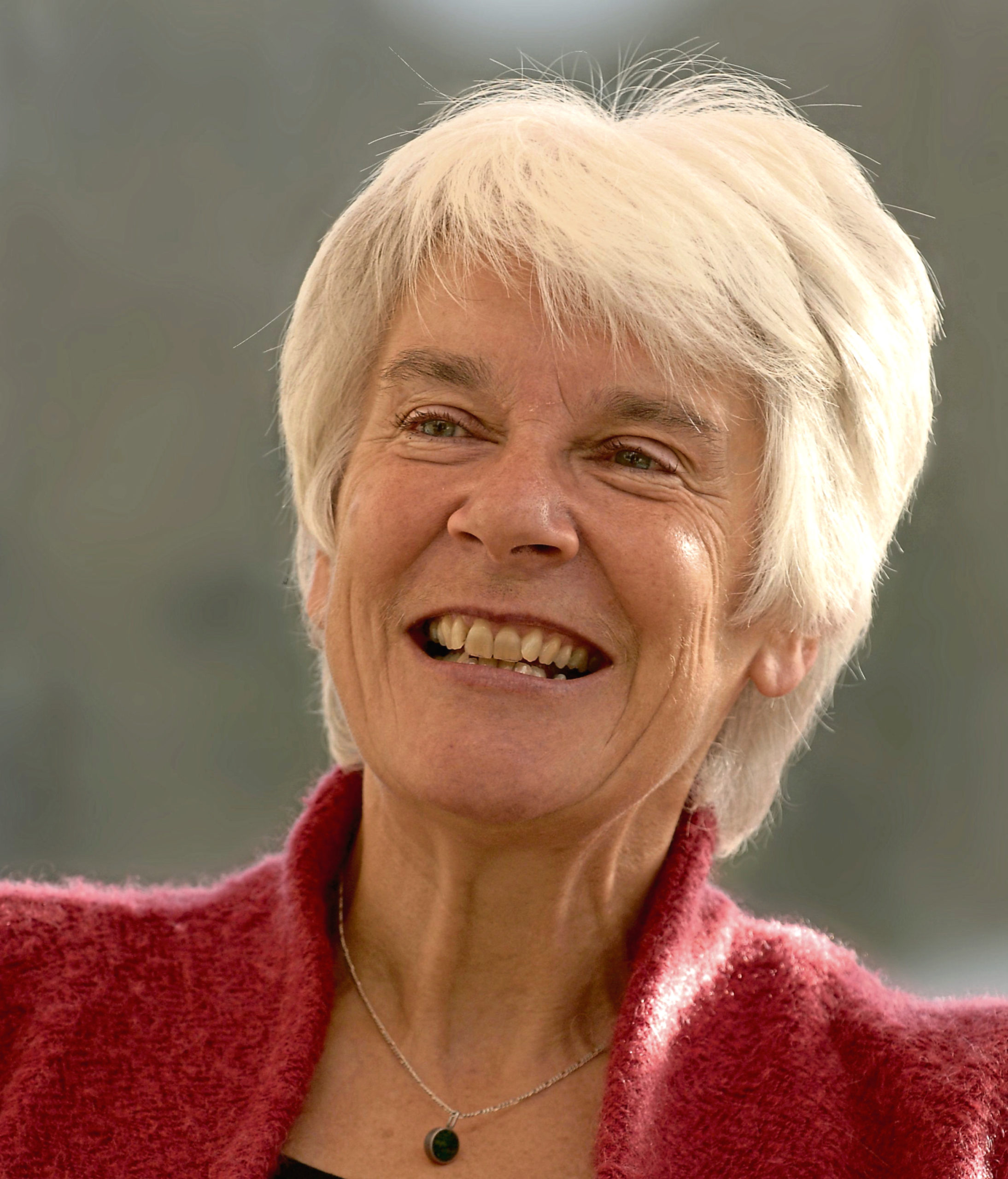
Ann Lingard is a former scientist who writes fiction and non-fiction.
She tells Murray Scougall the Honest Truth about the Solway Firth, once a part of the world bustling with human activity, now an area she loves for its stunning flora and fauna and its fascinating history
What is your background?
I grew up in Cornwall and spent a lot of time on the coast. My father was a biologist and he helped me look for and think about plants, animals and marine creatures. It became part of my life, leading to a zoology degree, PhD, then lecturing and researching at Glasgow University. We now live on a smallholding in Cumbria – we can still see Scotland across the Solway.
Why did you write a book about the Solway Firth?
For years, I wrote articles and blogs about all topics regarding the Solway, from quarrying to peat-cutting, from saltmarshes to mud shrimps. I’ve experienced it in all weathers. Friends kept urging me to write a book.
What was your introduction to the Solway?
When my husband was offered a job in Cumbria we drove along the Solway and I was horrified, after the Cornish coves, at how flat a lot of it seemed. But I went to the shore frequently and each time I discovered more about what was there, and then I started guiding low-tide shore walks.
What makes it so special?
It’s such a huge, ever-changing expanse of water, sometimes with enormous tides. Its geological history and the way humans, plants and animals have altered or adapted to its edges is very special. The Solway has a strong character – and whether you’re north or south of the Firth, there’s a romance about looking across water to another country.
What sort of flora and fauna can be found there?
The Upper Solway is protected by layers of conservation designations. Just now we see and hear the thousands of incoming geese from the Arctic, but the shores are important for all kinds of wading birds, too.
There are the salt-tolerant plants of the saltmarshes, and the dunes and shingle. But most people overlook, because they don’t even know about them, the small, non-iconic species – billions of bacteria and single-celled creatures, invertebrates like worms . They’re the most important, as nothing can live without them.
What is in the Solway’s future?
The Firth has a large tidal range and there are various proposals for tidal power schemes. Will it happen? Any such scheme must protect the Solway’s wildlife.
The Fresh And The Salt: The Story Of The Solway, Birlinn is out now

Enjoy the convenience of having The Sunday Post delivered as a digital ePaper straight to your smartphone, tablet or computer.
Subscribe for only £5.49 a month and enjoy all the benefits of the printed paper as a digital replica.
Subscribe © SYSTEM
© SYSTEM